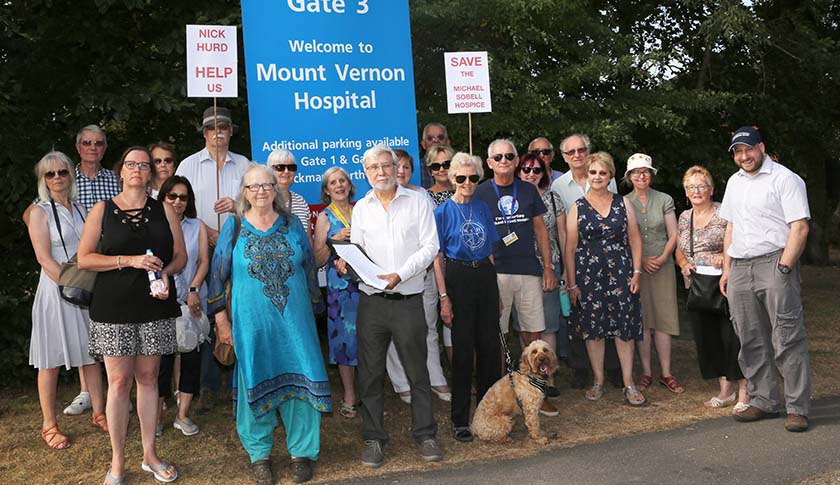When walking around Pinner, it may be hard to believe that beneath the village’s streets, there exists an entire network of chalk mines.
Although public access isn’t possible, the mines have been explored extensively over the years. So what’s the deal with Pinner’s hidden chalk mines?
History of the mines
Chalk was extracted in Pinner from the Middle Ages onwards, for use as a soil conditioner and for baking to provide lime for mortar. But by the 18th century, easily accessible sources had been exhausted, and it became necessary to mine for the rock.
This was when the mining of chalk began underground.
There are three known entrances to the tunnels in Pinner, which lead to a whole network of shafts and routes underneath the village, and a total of seven mines have been found in North Pinner alone.
The largest mine can be found under the Montesole Playing Fields, which is said to be the deepest mineshaft in the entire country. It was worked circa 1850-70, however, it closed when the railways made it cheaper to mine elsewhere.
Those who have visited the mines in the years since have noted a number of etchings, dates and signs burnt into the chalk with candles.
One of the etchings is particularly clear, and depicts the signature of John Gumm, a gang-master at Pinner chalk mines from 1855 to 1870. John used a candle to sign the final date of operations, May 17, 1870, which is still clearly visible on the walls of the chalk mines to this day.
The mines in the modern age
During the 1930s, naughty schoolchildren from around Pinner were reported to escape their lessons and creep down into the mines, as the abandoned shafts were only covered by a paving slab.
In 2017, the discovery of a collapsed shaft resulted in the temporary closure of Pinner Wood School. Geoterra were sent to the site for further investigation and carried out a subsurface laser scan survey of the site and grounds, detailing the extent of the vast tunnels.
Following the investigation, it was decided that the mines in general are remarkably stable, thanks to the layer of hard stone above them. However, to ensure their continued stability, Forkers Civil Engineering filled in several of the voids and boreholes in a process called bulk infilling.
The second phase involved compaction grouting, where engineers injected grout into the soft areas of ground to strengthen them.
Following the completion of the works, Pinner Wood School reopened in January 2018.
The project was covered widely in the media. Mark Hudson, Geoterra’s managing director, featured in the Channel 5 documentary Sinkholes in 2017, where he talked about the revolutionary subsurface laser scan technology used to map the chalk mines.
To this day, the mines remain untouched and unspoiled, holding memories and experiences from long ago. They will hopefully stay preserved beneath the streets of Pinner for many more years to come.
Photo credit: Chris Warren 28 Days Later site






0 Comments